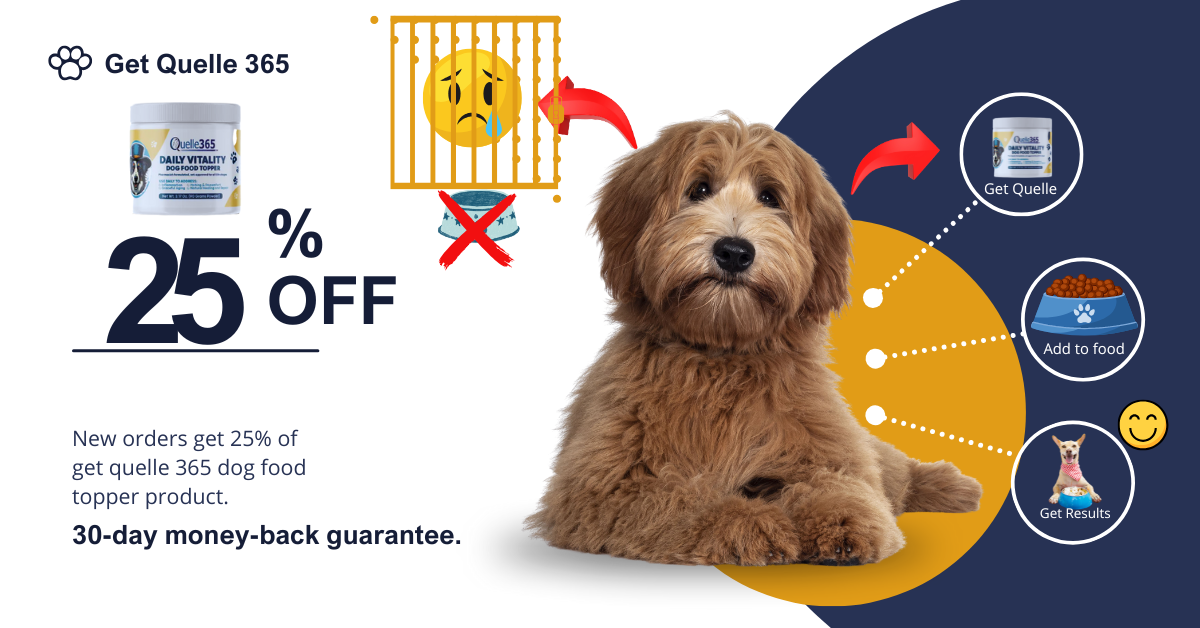You have probably heard the phrase, “That mangy dog!” as a way of expressing annoyance with a member of the canine family. But did you ever stop to think about where that phrase comes from?
The Types of Dog Mange
Though you don’t hear about it too often these days, mange is a skin disease that many have described as “scabies for dogs.” The condition is caused by microscopic mites, and whether it’s a big deal largely depends upon the type of mange — sarcoptic or demodectic.
Demodectic Mange in Dogs
All pups that are raised naturally by their mothers have demodectic mites, because they are passed on during cuddling in the first few days after birth. Despite this, the vast majority of dogs live in complete harmony with their demodectic mites and never experience a problem.
However, that isn’t always the case. If mites proliferate, they can — and do — cause mange infections that vary from mild to severe. There are three types of demodectic mange:
Demodectic Mange Types
As with other types of mange, when dogs develop demodectic mange, they may experience a range of symptoms (from severe itching to compromised immune systems) depending on how widely spread the infection is.
Localized
When too many mites live on a specific patch of your dog’s skin, it can cause bald, scaly patches to form. Typically, localized demodectic mange is found in puppies, and it often clears up on its own.
Generalized
As the name implies, generalized demodectic mange can affect your dog’s entire body. It often leaves dogs smelly and incredibly itchy due to secondary bacterial infections that occur and can be a sign of bigger problems, like hereditary issues, a compromised immune system, and so on.
Pododermatitis
This form of demodectic mange may only affect your dog’s feet, but it is also one of the hardest to get rid of and often comes with bacterial infections.

Sarcoptic Mange in Dogs
When people share horror stories about mange, they’re usually talking about sarcoptic mange. While demodectic mange is not contagious, sarcoptic mange not only can be passed from dog-to-dog, but also to cats and even people.
Sarcoptic mange tends to start in areas that don’t have as much hair, but without treatment will quickly spread to the rest of the body. Affected skin becomes scaly, red, and extremely itchy, and hair loss is also common.
What are Signs of Mange?

Mange symptoms may vary depending on what type of mange is affecting your dog, but generally speaking, some common signs include:
- Intense itching
- Skin lesions from scratching
- Hair loss
- Raised bumps
- Crusted skin
- Scabbing and scaling
- Redness and sores
Depending on the severity of your pup’s condition, you may take them to a vet to assess their symptoms. Clinical signs of a mange infection include:
- Enlarged lymph nodes
- Secondary skin infections
- A weakened immune system
The most obvious indicator of skin diseases like mange, for most dogs, is intense itching. If your dog won’t stop scratching, it’s time to look towards veterinary medicine for treatment.
How to Prevent Mange in Dogs
There’s really only one thing that you can do to prevent mange in your dog, and this preventative measure only works for sarcoptic mange: if you know that another dog has it, don’t let your pup near the other dog. You may even want to stay away yourself. However, sarcoptic mites can’t live long on people, so the chances of you infecting your dog are small.
Avoiding contact is your best option for sarcoptic mange prevention. Dogs with parents who have demodectic mange will have a much higher chance of developing skin infections because this type of mange is believed to be hereditary.
How to Cure Mange in Dogs
So, how to deal with mange in dogs? There are several things to do after your dog suffers a mange outbreak, most of which involve cleaning or replacing anything he uses that could have become infected, such as his collar, bedding, and possibly even some toys. Make sure to isolate your dog to prevent the contamination of other dogs or humans.
If your dog has deep skin scrapings, you’ll also want to prioritize some first aid to make your pup feel better.
Clean Anything That Could Be Contaminated
Sarcoptic mange is highly contagious. It’s critical to clean anything that could be hosting sarcoptic mites, including your dog’s bedding, toys, crates, kennels, collars, leashes, and more. Even if your dog doesn’t have symptoms, routinely cleaning your dog’s environment is a highly recommended preventative measure.
If your dog has demodectic mange, you don’t necessarily have to clean everything with the same frequency since the condition is hereditary, but routinely cleaning bedding and the like can keep your pup healthy and comfortable.
Quarantine Your Dog
A dog with sarcoptic mites can easily pass them onto other animals. If you suspect your dog has mange, keep the infected dog isolated until symptoms improve.
Treatments for Mange
A vet will generally prescribe antiparasitic oral medications to treat mange and topical medications to ease itching. But the dog may also need to be treated for general inflammation and other skin conditions associated with mange. Limit the mange treatment to your vet’s recommendations, as certain medicines for skin conditions may actually have toxic side-effects depending on the dog.
Vets also recommend not breeding dogs that suffer from demodectic mange, because it is believed to be hereditary.
Treating Mange in Dogs and Puppies

In most cases, treating mange in dogs first requires an initial diagnosis from your vet (with the use of a skin biopsy) to ensure you get the right treatment plan. Then, you should receive instructions to alleviate the symptoms that the skin disease caused and prevent the spread of this highly contagious condition.
How Do I Get Rid of Mange on My Dog?
Mange treatment for infected dogs will often involve topical medication to soothe itchiness, as well as oral medications. These can include shampoos, anti parasitic medications, and antibiotics. Because sarcoptic mange can easily spread to other pets, be sure to isolate any affected dogs as soon as possible.
How Do I Get Rid of Mange in Puppies?
If you think your puppy has mange, you’ll have to first determine the type of mange. For puppies, demodectic mange is more common, as this condition tends to affect dogs with developing immune systems, allowing mite infestations to reproduce more quickly.
Younger dogs with demodectic mange will always live with the mites; this type of mange can’t be cured, but most adult dogs won’t experience any symptoms associated with mange. Following good cleaning and hygiene practices for your dog’s space will help prevent them from developing demodectic mange or contracting sarcoptic mange.
How to Get Rid of Sarcoptic Mange in the House
You can treat both demodectic and sarcoptic mange in dogs by getting medication and alleviating symptoms, but if you want to get rid of any lingering mites in your home and prevent future infections, you also need to take measures to clean your home and remove any lingering mites.
Protect your pup and prevent infestations by:
- Cleaning your dog’s toys, blankets, bedding, collars, and leashes
- Vacuuming and dusting, especially in areas your dog likes to spend time
- Washing your sheets and other bedding in hot water
In some cases, you may also need to apply a mite treatment to your home to kill the mite population and any eggs left behind.
Frequently Asked Questions About Mange
What is scabies in dogs?
Scabies is just another way to refer to sarcoptic mange, which is caused by sarcoptes scabiei mites.
What looks like mange but isn’t?
Some symptoms caused by fungal infections can be similar to those of mange. Ringworm, for example, can cause hair loss and crusty skin. If your dog has any symptoms of mange or abnormal behavior, you should consult your vet to get a professional opinion so that you can provide the best treatment possible.
Can you treat mange without taking your dog to the vet?
You may be able to alleviate some symptoms of mange at home, but professional care is often required for the most effective oral medicine and topical treatments. You can also prevent your dog from developing mange by keeping your home clean and keeping your space free of clutter.
Have any of your dogs suffered from any skin problems? Tell us about it in the comments.









